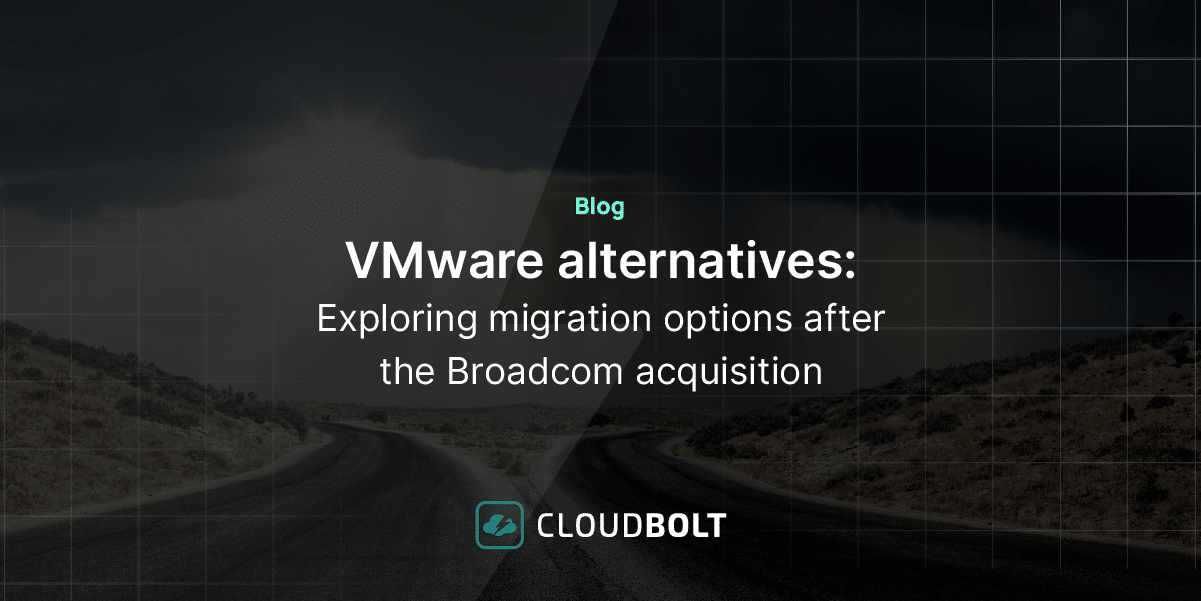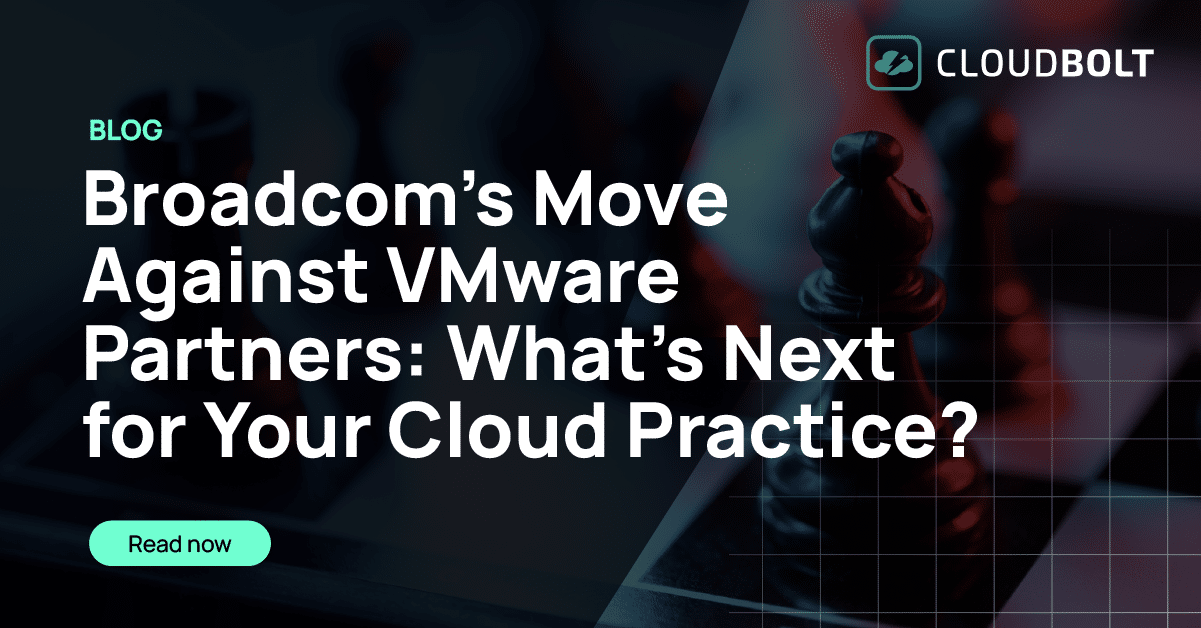
Most IT leaders can agree that agility and speed are the main focus for any enterprise DevOps team, meaning that responding quickly to digital business needs is essential. There’s an implied bargain in this—we can get these results faster if we have more control of our working environments. Alongside that, there’s the risk that the DevOps teams will spend a lot more time and money than necessary without a good strategy in place.
DevOps promises to shorten the time-to-value (TTV) by merging aspects of application development and IT operations. DevOps teams need to be empowered to configure, code, and run mission-critical digital services for the enterprise without too many handoffs between different departments.
DevOps Challenges
DevOps teams either play a role in or are responsible for IT resource provisioning, automation, and orchestration followed by development, testing, and delivering applications, services, and workloads. Most of them follow a framework of continuous integration and delivery (CI/CD). But you guessed it—that’s a tall order for most enterprises—particularly because they have become entrenched in so much complexity and have a strong footprint in datacenter legacy technologies. There is a lot of digital value running in these legacy enterprise workloads.
A startup company can just run with all the new and shiny stuff, architecting their solutions from scratch. Obviously, this is not the case for most large enterprises.
There are many tradeoffs to consider in an enterprise-level DevOps process. For example, provisioning new IT resources could be unbridled and very generous. You could give the teams whatever they want by allowing them to self-provision in whatever environment they need with the hopes that they’ll be prudent in making decisions. But how will you know that they do not end up spending more than the value that is achieved by using those resources? Keep in mind that the advantage of being more generous is the ability to get moving on any initiative without being too concerned with the cost of compute resources.
On the other hand, IT resources might not be as easily attainable. Public cloud providers would love for DevOps teams to just order as many resources as they wanted from an open account. But there might be more hurdles to address with regards to governance and approval processes that can slow everything down, leading to TTV taking a hit. By balancing all of these competing factors, DevOps teams need to take into account utilizing legacy value, the speed needed to get started, and their spending budgets.
Achieving Cost Management Nirvana
When DevOps teams have the ability to do self-provisioning unhampered by inefficient hurdles and have the ability to right-size and manage costs throughout the process, they get closer to an ideal state-of-being for delivering value.
Here’s just a short summary of ways to improve cost management for DevOps teams:
- Cost preview and comparisons—Before provisioning resources provide a preview of what the resources are projected to cost, as well as a comparison of the same resources in other environments. This will facilitate a level of control and fosters responsible spending.
- Scheduling and expiration—Resources running in cloud environments rack up expenses when they are powered on, even if they are not being used directly. Providing ways to schedule running resources only as they are needed as well as expiring them when they are not will have a huge impact on IT budgets. Turn off the lights over the weekend, especially in public cloud environments.
- Quota and budget alerting—Controlling the amount of compute power in terms of CPUs, memory, and disk for a specific group of users or tasked can help mitigate getting a surprise bill when no one is watching. These controls can be set and managed by resource type, by user, or by specific cloud environment, all with the intent to fine-tune an ideal environment for DevOps teams to work productively without second guessing whether they are running up expenses unnecessarily.
- Billing summaries—Seeing the actual spending on a monthly basis by group or by service can help provide cost transparency. Knowing what groups are using what resources helps to provide input for a cost-benefit analysis of a digital service. These summaries can then be used to inform what quotas and notifications should be set in subsequent months.
Nirvana with CloudBolt
CloudBolt’s enterprise hybrid cloud management platform provides a perfect fit to empower DevOps teams with resources from on-premises legacy infrastructure to every major private and public cloud provider. The platform also provides robust cost management to satisfy the dilemma of balancing speed and agility with spending.
For more information about avoiding slow-car scenarios in your enterprise IT environment, check out our solutions overview
Related Blogs

Top 3 cloud financial management challenges
Introduction As cloud costs continue to rise, comprising an ever-larger share of IT budgets, there is increasing executive scrutiny on…

